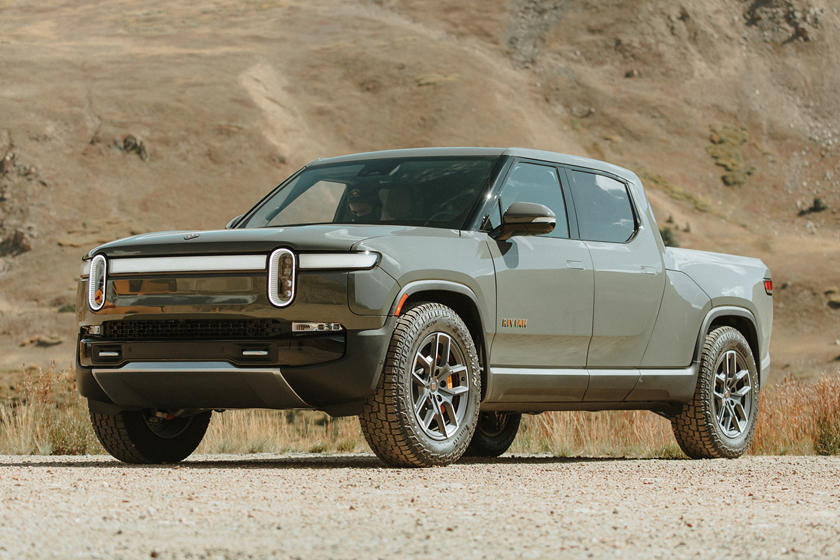
Rivian (RIVN) reported a narrower loss than expected and revenue beat for Q1, giving EV investors hope after disappointing results from rivals Lucid and Fisker.
For the quarter, Rivian reported top-line revenue of $661 million versus estimates of $660.3 million, slightly less than the $663 million reported in Q4, but over 6 times the $95 million reported in Q1 last year. In terms of profit, the company reported an adjusted EPS loss of $1.25, beating estimates of a loss $1.56.
The company also reiterated its 50,000 unit annual production guidance it provided during its fourth quarter earnings report. Rivian produced slightly less than 25,000 vehicles in 2021, as it suffered from component shortages and production issues at its sole plant, in Normal, Illinois.
In terms of outlook, the company still sees an adjusted EBITDA loss for the year of $4.3 billion, which is a narrowing of the $5.2 billion EBITDA loss it had in 2022. Rivian reports it has $11.24 billion in cash and cash equivalents at the end of the quarter, down from the $12 billion it had at the end of Q4. But Rivian said it expected to achieve positive gross profit in 2024.
Last month Rivian disclosed it delivered 7,946 vehicles in Q1, topping street estimates of 7,752 according to Bloomberg. Rivian also produced 9,395 vehicles, beating estimates of 8,752 vehicles.
Earlier in March, following the issuing of its production guidance, a report suggested Rivian had told employees internally that it could make as many as 62,000 vehicles this year, though a Rivian spokesperson told Yahoo Finance that figure was “taken out of context” and 50,000 remained the official guidance.
Wall Street had been on edge ahead of Rivian’s earnings. Long-time bull Alexander Potter of Piper Sandler, for instance, went bearish only a few weeks back in mid-April. Potter downgraded the stock to Neutral and slashed his price target to $15 from $63, writing that there is concern over a cash crunch. Potter predicted the company will have to raise $4 billion in at some point, with investors having to foot the bill with new stock or debt issuance.
Potter still believes in Rivian’s long-term strategy of vertically integrated production, but he sees the benefits coming years from now. The question: Can Rivian, and its investors, wait that long?





























